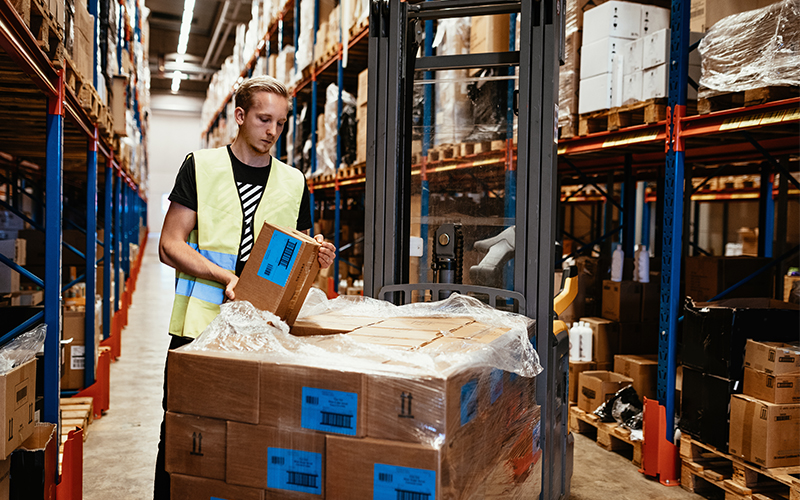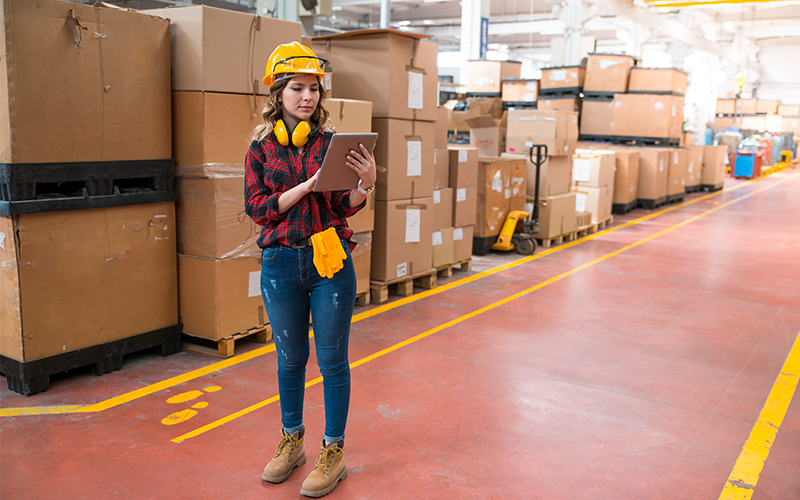Electric Vehicles (EVs) are only as green as their batteries. In our constant endeavour to go green, we feel good and smug about moving away from internal combustion engines and fossil fuels into the era of electric vehicles and sustainability. But what if EV battery production and replenishment are costing the planet more than driving and sustaining good old gas-guzzlers do? Let’s examine the ins and outs of this.
First, some of the facts that are staring starkly at humanity: we’re looking at a 1.5-degree celsius rise in temperatures globally, which can lead to catastrophic climate change. It’s also undeniable that 95% of the world’s transportation energy comes from fossil fuels, and this is contributing to 15% or more of global warming that is driving temperatures up. Ergo, EVs are part of the solution to bring down these numbers. A heartening fact.
Or, are they? The EV battery supply chain is incredibly complex, and fragile. Here’s a high-level overview of the chain:
- Upstream production: Extraction of the raw materials, typically, lithium, cobalt, manganese, nickel and graphite
- Midstream processing: Purification of the raw materials, and building the ‘cell’ – cathode and anode active battery materials
- Downstream assembly: Assembling the cells into modules, packing and selling the modules to automakers
- End-of-life replenishment: Reuse or recycle old batteries when they reach end of life in the automobile.
The current situation is quite unsustainable: with most of the raw materials being mined in just a few countries (for example, Chile, Argentina and Bolivia form the ‘Lithium triangle’, accounting for 58% of global lithium production), battery minerals travel an incredible 50,000 miles from the upstream production to the midstream processing step. With China refining 80% of battery raw materials, that’s quite a trip! This supply chain is also very vulnerable to weather, geopolitical disturbances, changes in trade alliances and more. In a word, unsustainable in the long run.
Downstream too, with China dominating the supply chain, issues and political overtones abound. The US is looking to de-risk from this exposure by increasing domestic EV battery chain capacities.
While these may be oversimplifications, what are the long-term solutions to achieving resilience and sustainability for the EV battery supply chain? Here are some ideas that experts have put forth:
- Go broad: Many battery producers are going upstream and downstream in their endeavours to bring transparency and understanding to the supply chain. BYD and Tesla are looking to buy lithium sources, for example, hoping to mitigate the risks of volatility with material sourcing. Similarly, the refurbishment and recycling of batteries that have reached end of life is an activity that battery manufacturers are jumping into.
- Go deep: Vertical integration in battery production, that translates to designing their own chips, in-house battery development and production, and acquisition of key suppliers that may own critical components of the chain such as tooling or even mining licences, is something that Tesla pioneered. Other battery producers are well served to follow Tesla’s lead.
- Go strategic: As the EV market grows globally, the maturity of the supply chain will dictate pricing and availability, building resilience along the way. Strategic partnerships, industry alliances, joint ventures and inter-country cooperation measures will support the maturation of the supply chain. Such partnerships are gathering momentum, with automakers set to spend nearly USD 1.2 trillion by 2030 on EV and battery technology.
- Regulate: For their part, governments the world over must do what they do at their best: address human rights and environmental issues up and down the chain, legislate to ensure EV batteries are truly clean, and support initiatives that recycle and refurbish every part of the battery once it reaches end of life. Forced labour and child labour are startling facets of mining in Africa that few EV manufacturers are aware of, or are turning a blind eye to. Such issues cannot be brushed under the carpet as we cheer on the move toward EVs.
The issues are complex, as are the solutions. As humanity marches towards the next innovations in transportation, it is imperative that the very energy sources that fuel this march – the EV batteries – are scrutinised in their entirety from cradle to grave, and the supply chain made truly sustainable.
For organizations on the digital transformation journey, agility is key in responding to a rapidly changing technology and business landscape. Now more than ever, it is crucial to deliver and exceed on organizational expectations with a robust digital mindset backed by innovation. Enabling businesses to sense, learn, respond, and evolve like a living organism, will be imperative for business excellence going forward. A comprehensive, yet modular suite of services is doing exactly that. Equipping organizations with intuitive decision-making automatically at scale, actionable insights based on real-time solutions, anytime/anywhere experience, and in-depth data visibility across functions leading to hyper-productivity, Live Enterprise is building connected organizations that are innovating collaboratively for the future.








